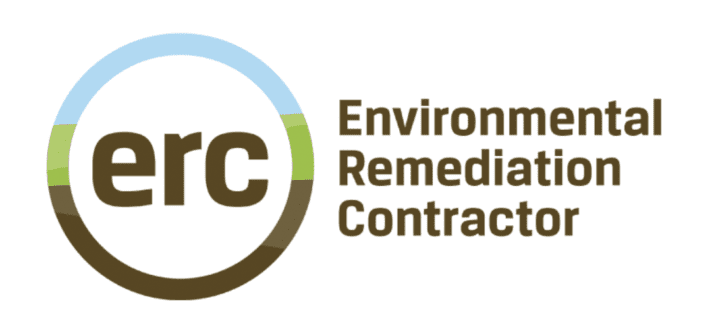What is Wetland Creation?
Wetlands Creation is the construction of a wetland in an area that was not a wetland in the recent past (within the last 100-200 years) and that is isolated from existing wetlands (i.e., not directly adjacent). In other words, creation occurs when a wetland is placed on the landscape by some human activity on a non-wetland site. Typically, a wetland is created by excavation of upland soils to elevations that will support the growth of wetland species through the establishment of appropriate hydrology.
What is Wetland Restoration?
Wetlands Restoration is the restoration of an ecosystem to a close approximation of its condition prior to disturbance. The objective is to emulate a natural, self-regulating system that is integrated ecologically with the landscape in which it occurs. Often, restoration requires one or more of the following processes: reconstruction of antecedent physical conditions; chemical adjustment of the soil and water; and biological manipulation, including the reintroduction of absent native flora and fauna.
What is a Constructed Wetland?
Constructed Wetland (CW) is an artificial wetland created for the purpose of treating anthropogenic discharge such as municipal or industrial wastewater, or stormwater runoff. It may also be created for land reclamation after mining, refineries, or other ecological disturbances such as required mitigation for natural areas lost to land development. Constructed wetlands are engineered systems that use natural functions of vegetation, soil, and organisms to treat different water streams. Depending on the type of wastewater that has to be treated the system has to be adjusted accordingly which means that pre or post-treatment might be necessary. Constructed Wetlands can be designed to emulate the features of natural wetlands, such as acting as a bio-filter or removing sediments and pollutants such as heavy metals from the water. Some constructed wetlands may also serve as a habitat for native and migratory wildlife, although that is usually not their main purpose. The two main types of constructed wetlands are subsurface flow and surface flow wetlands. The planted vegetation plays a role in contaminant removal but the filter bed, consisting usually of a combination of sand and gravel, has an equally important role to play.
